10 Edibles for This Spring – Gulf Coast
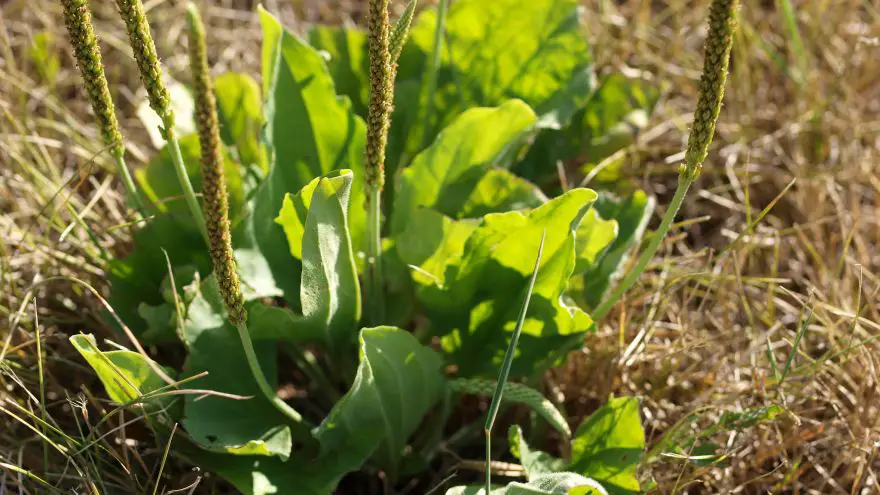 10 Edibles for This Spring – Gulf Coast
gearweare.net
10 Edibles for This Spring – Gulf Coast
gearweare.net
This spring, while enjoying all the beautiful sights of the gulf coast, why not try your hand at a bit of foraging. The following is a list of ten plants that are easily found growing wild across the gulf coast and each has a unique and delicious treat waiting for you to try.

Table of Contents
Asparagus
Wild asparagus is exactly what you think it is. It is a wild variety of the familiar store-bought plant we all know. It can be found in a number of places along the gulf coast and once you know a good spot it is a reliable grew to forage for. Moisture is an important factor to look for when foraging asparagus as well as full sun. As you can imagine the portion of wild asparagus you want to look for are the tender near shoots that come out in the spring. Cook these the same way you would any asparagus from the store.
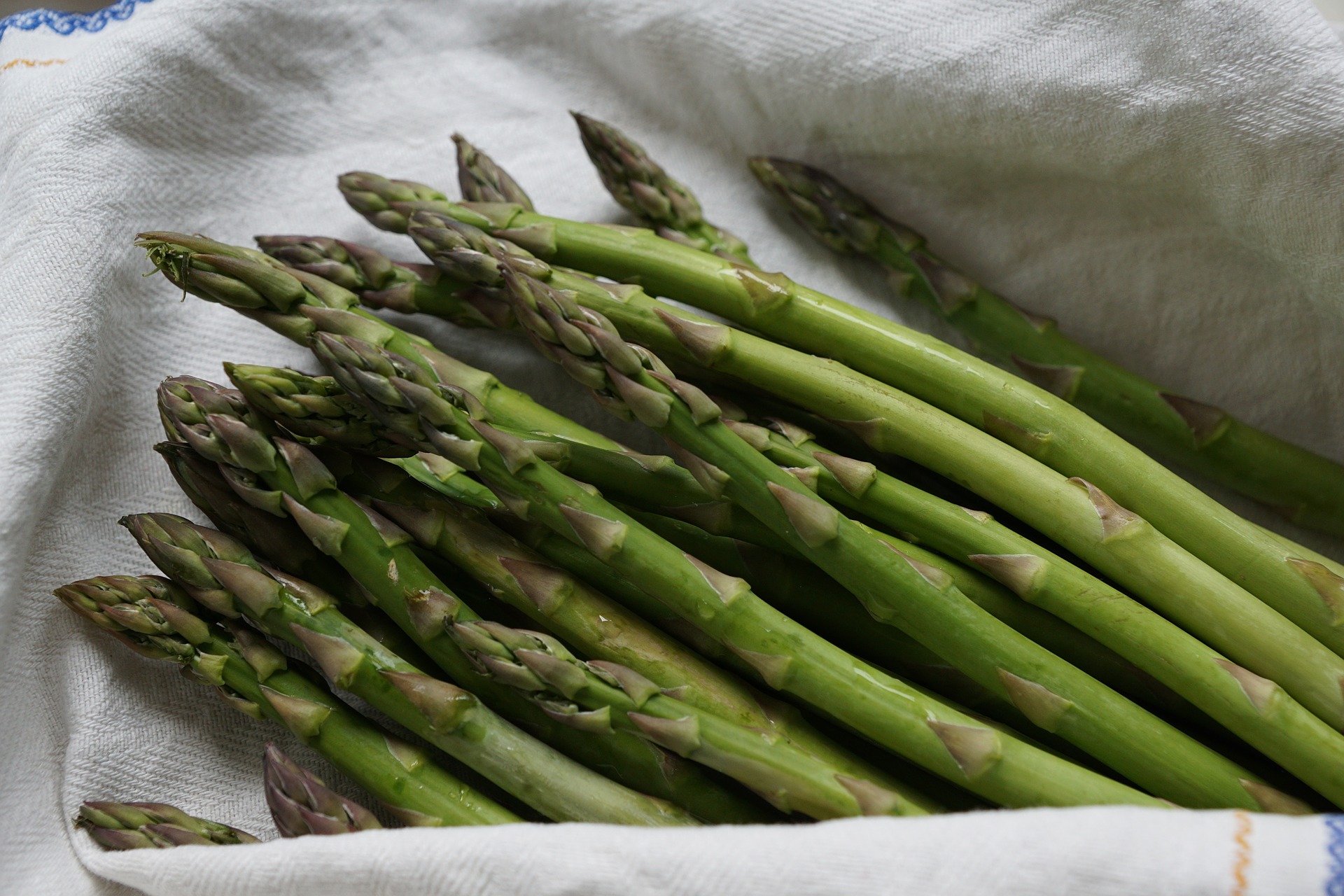
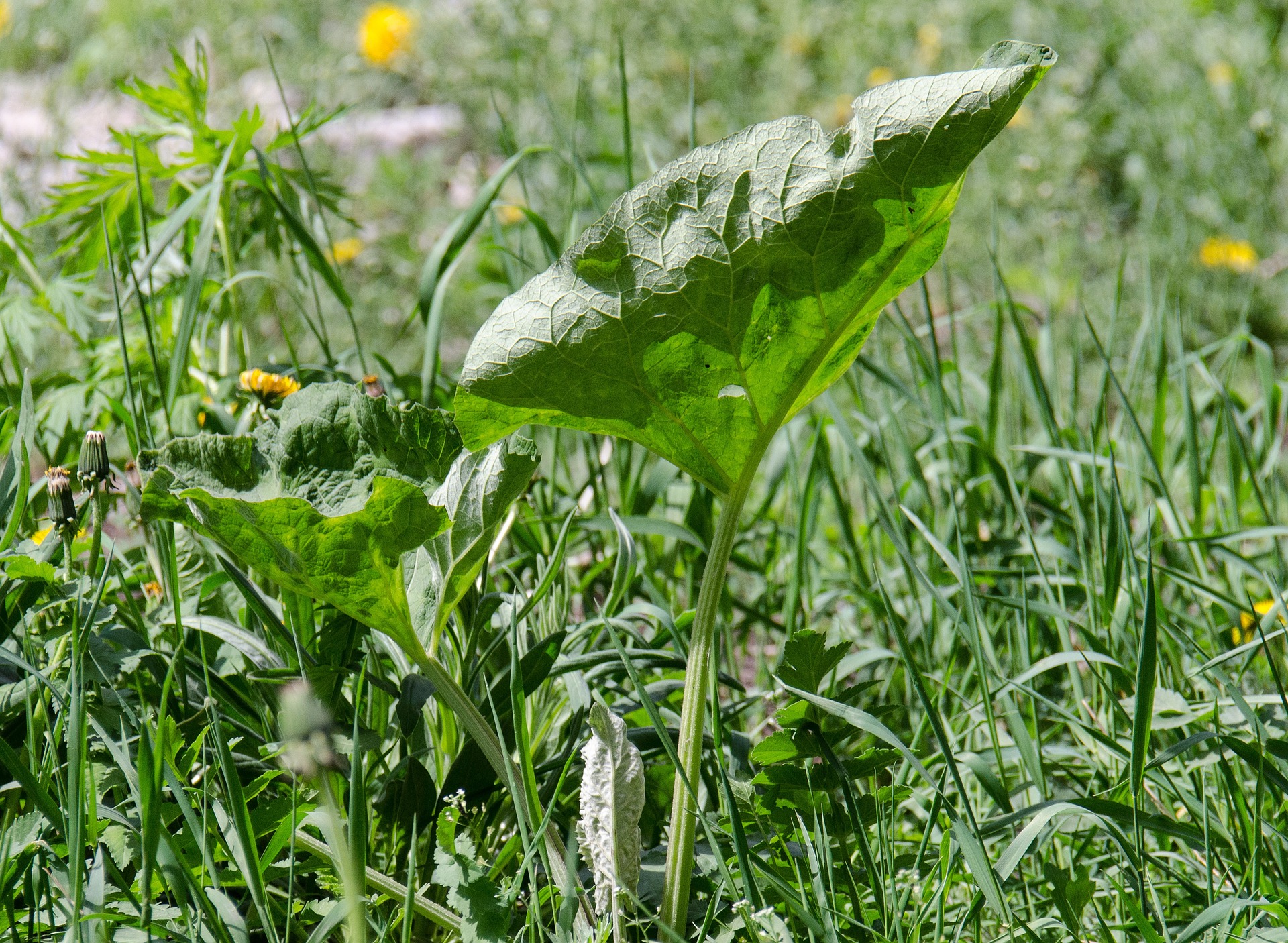
Burdock leaves
Burdock is an impressive plant that can grow up to five feet tall with huge heart-shaped leaves. It is quite a common plant, however, many people remove it from their yards because it isn’t valued for its nutrition. Many parts of the plant are edible, the leaves not least of which.
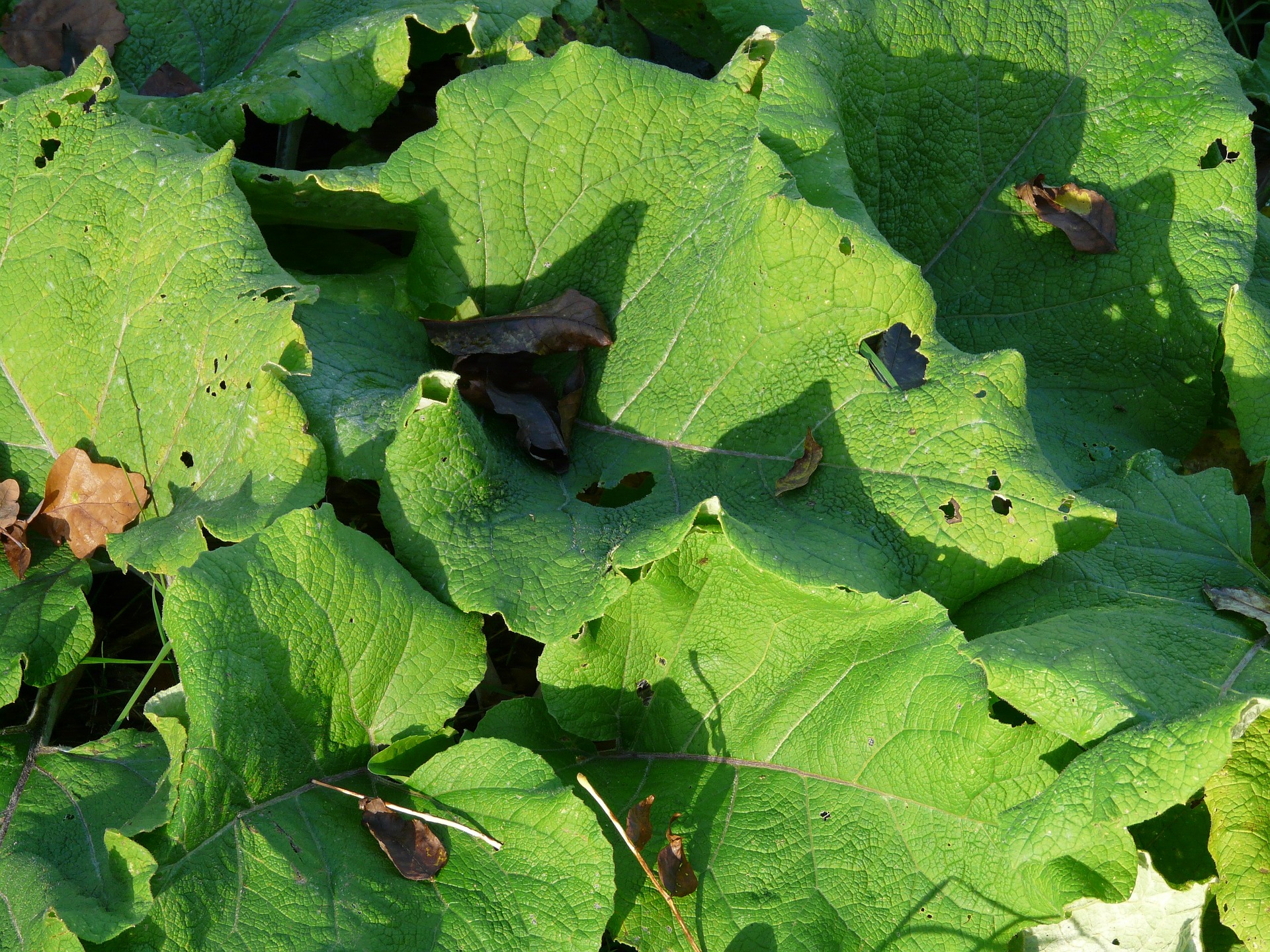
In spring the plant sends up its new shoots and as the leaves are growing in size they are building up their nutritional content. Use this opportunity to take full advantage of this large leafy green. It is always best to harvest leaves before flowering occurs so keep that in mind. Enjoy this green by lightly steaming it with some seasonings or add it to your favourite soup or stew.
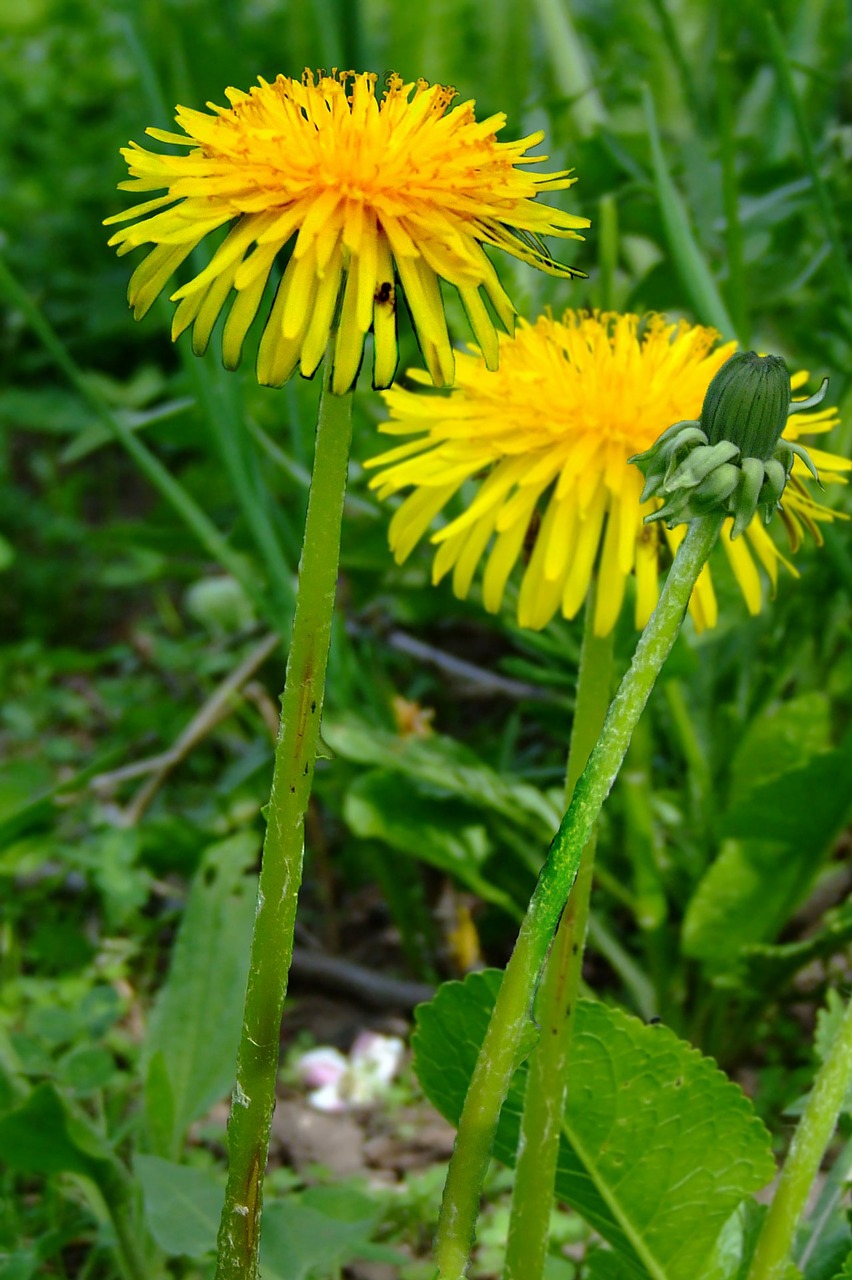
Sow Thistle
This invasive from Eurasia is widespread across much of North America in disturbed sites, pastures, and wetlands. The young leaves are less bitter than dandelions and are high in a number of essential vitamins and minerals. Harvesting the leaves before flowering occurs provides a tasty green to add to any salad or stir-fry.
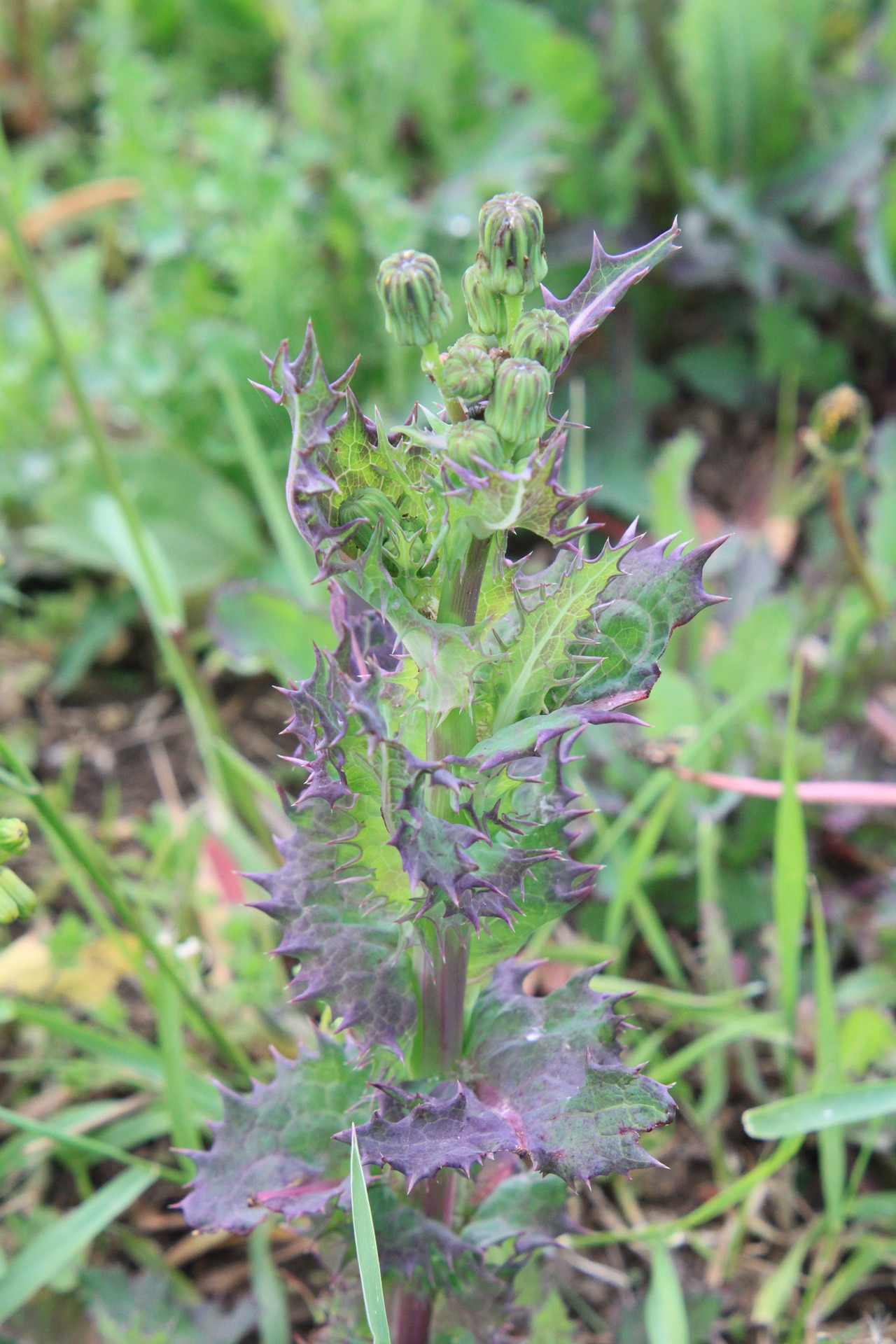
The flowers, being edible themselves, make a colourful addition to any meal. Foraging for sow thistle is quite easy due to its love of landscapes disturbed by people. Just look for any place where people have cleared and you are sure to find this tasty green.
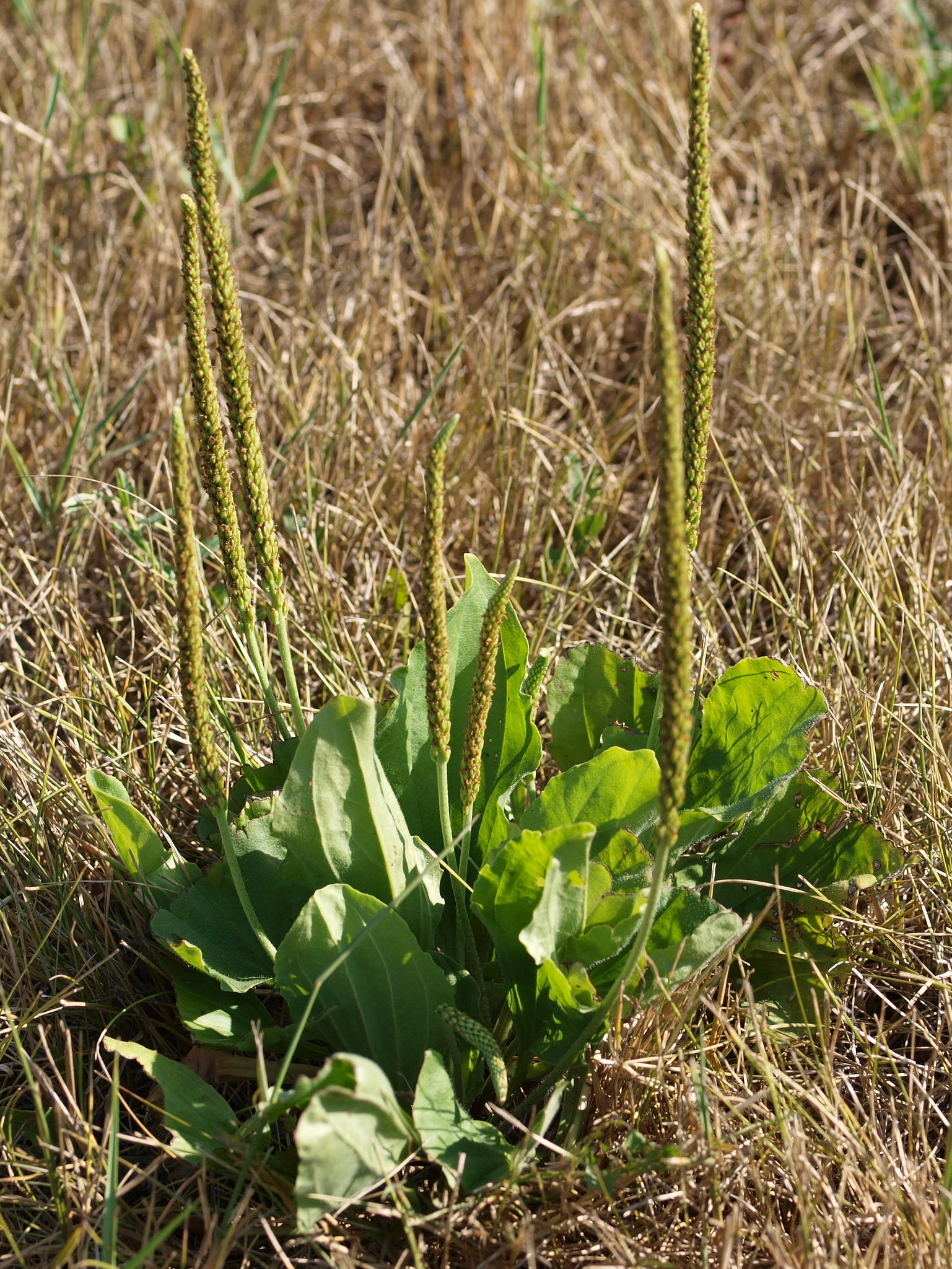
Broad-leaved plantain
The broad oval-shaped leaves of this plant are loaded with nutrients and have some interesting medicinal uses for digestive issues. The leaves are similar in appearance to spinach. A common nickname for plantain among Native Americans is “white man’s footprint” because it is said that wherever white men travelled the plantain would begin growing.

As you can imagine from that description it is a very easy plant to find. Anywhere there is grass growing or a patch of open ground you are bound to find plantain growing. Just as it looks like spinach, cook it like spinach as well.
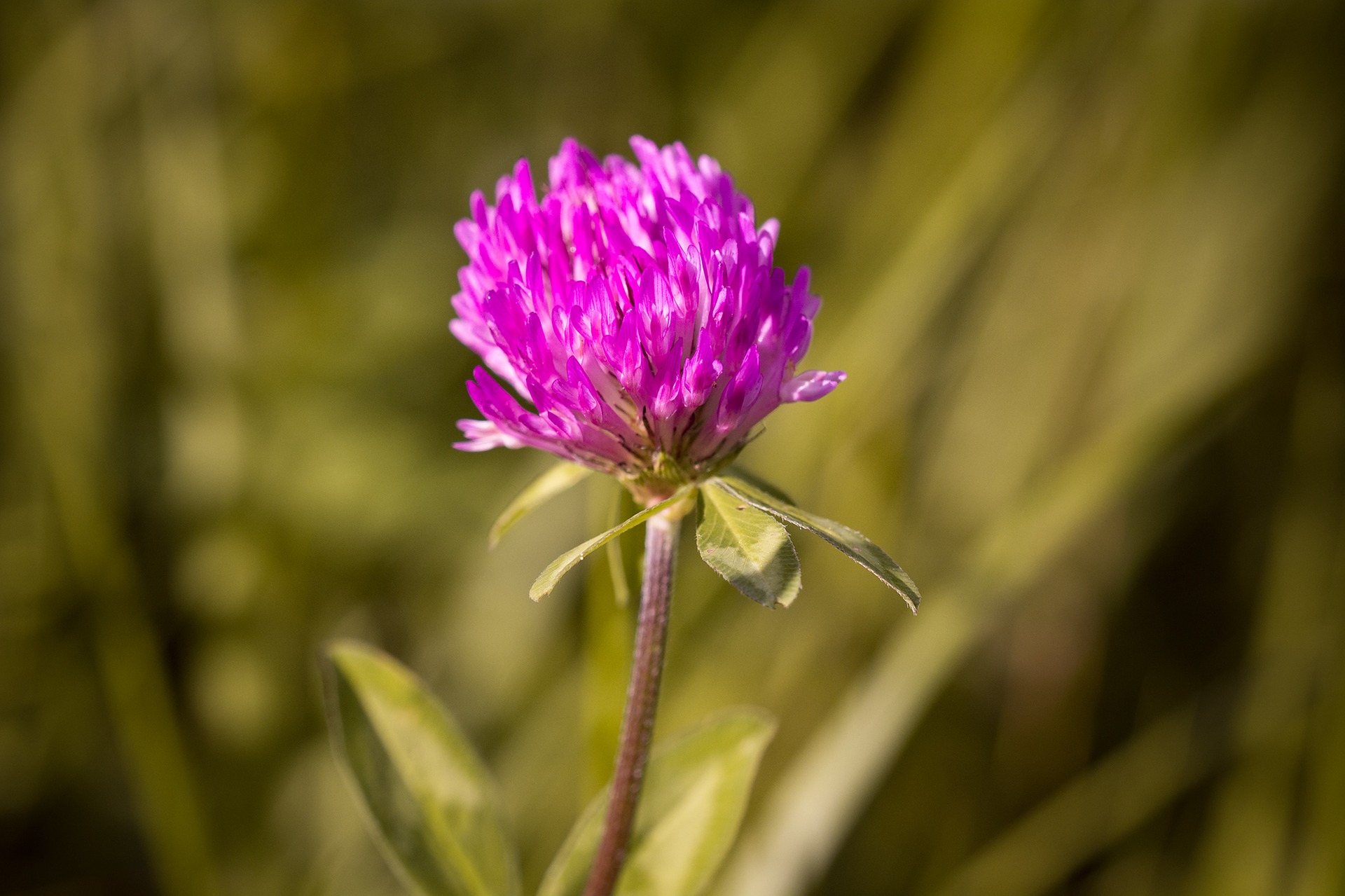
Clover
Many will remember clover with fondness from our childhoods, picking the flowers and nibbling on the tips to get at the sweet nectar. This red or white flower can be found popping up all across fields in the spring. Its stems of three small leaves forming dense mats of vegetation in areas where there is a bit of moisture.
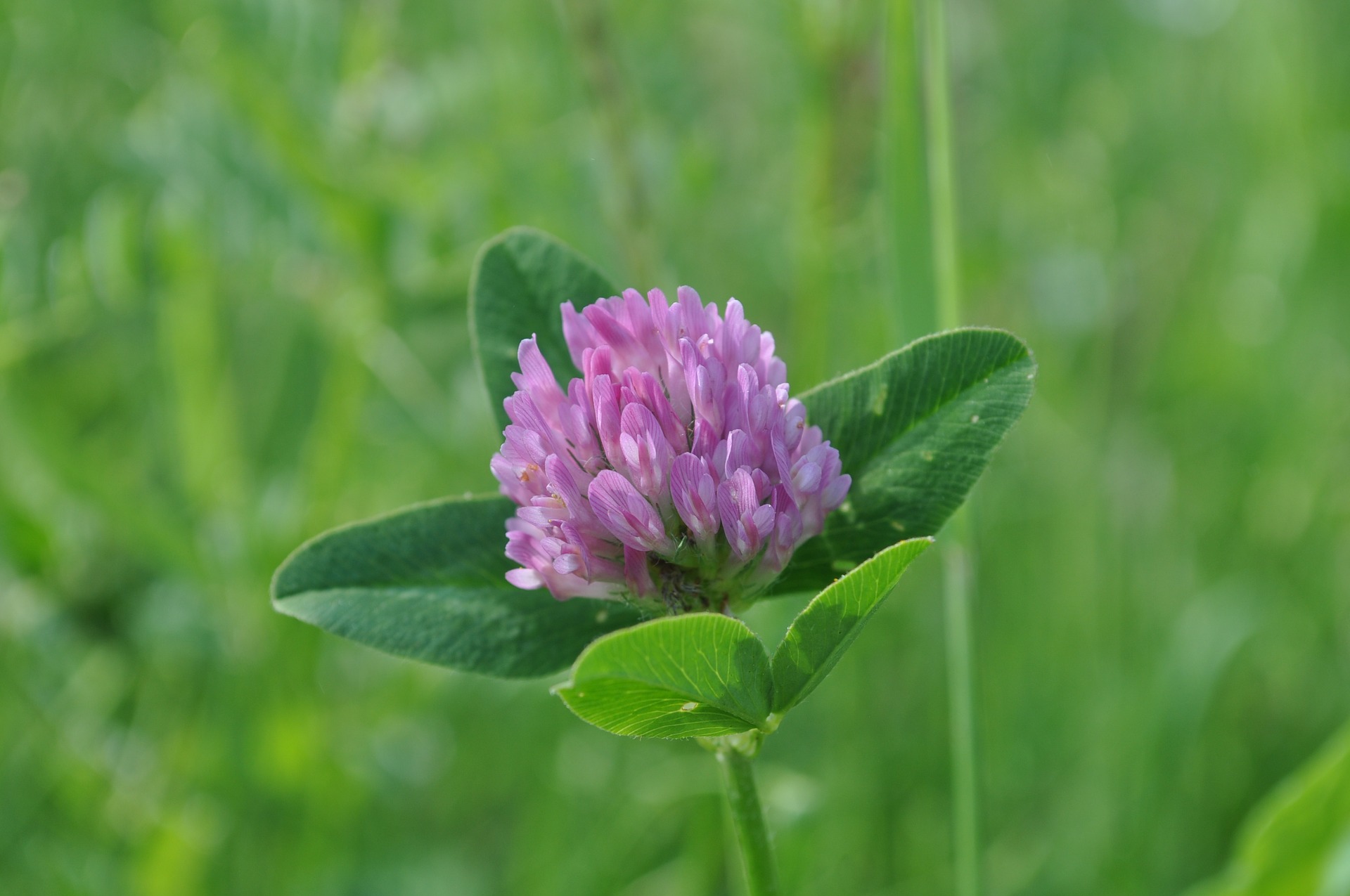
Livestock love it and a lot of times it will be growing along pasture fences. The only consideration before trying these tasty flowers is that pregnant women and nursing mothers are cautioned to avoid it.
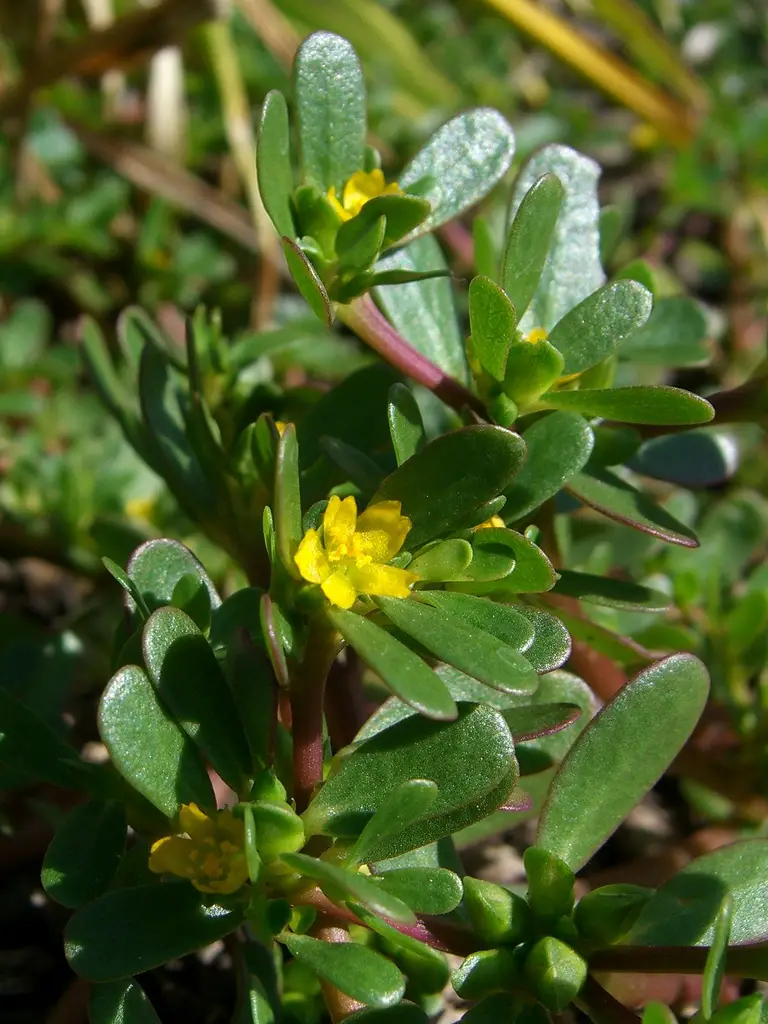
Purslane
Purslane is everywhere. It is a sun-loving groundcover plant that extends in all directions along red stems. It can be found in places where the soil has been disturbed. The leaves are quite fleshy with dark green glossy tops and muted green bottoms. Identifying the leaves is crucial so as not to mixed it up with the poisonous spurge plant that looks similar but has thin non-fleshy leaves.

Purslane is high in omega-3’s and other important vitamins and minerals. Add the leaves to salads or sauté it with spices for a nice side dish.
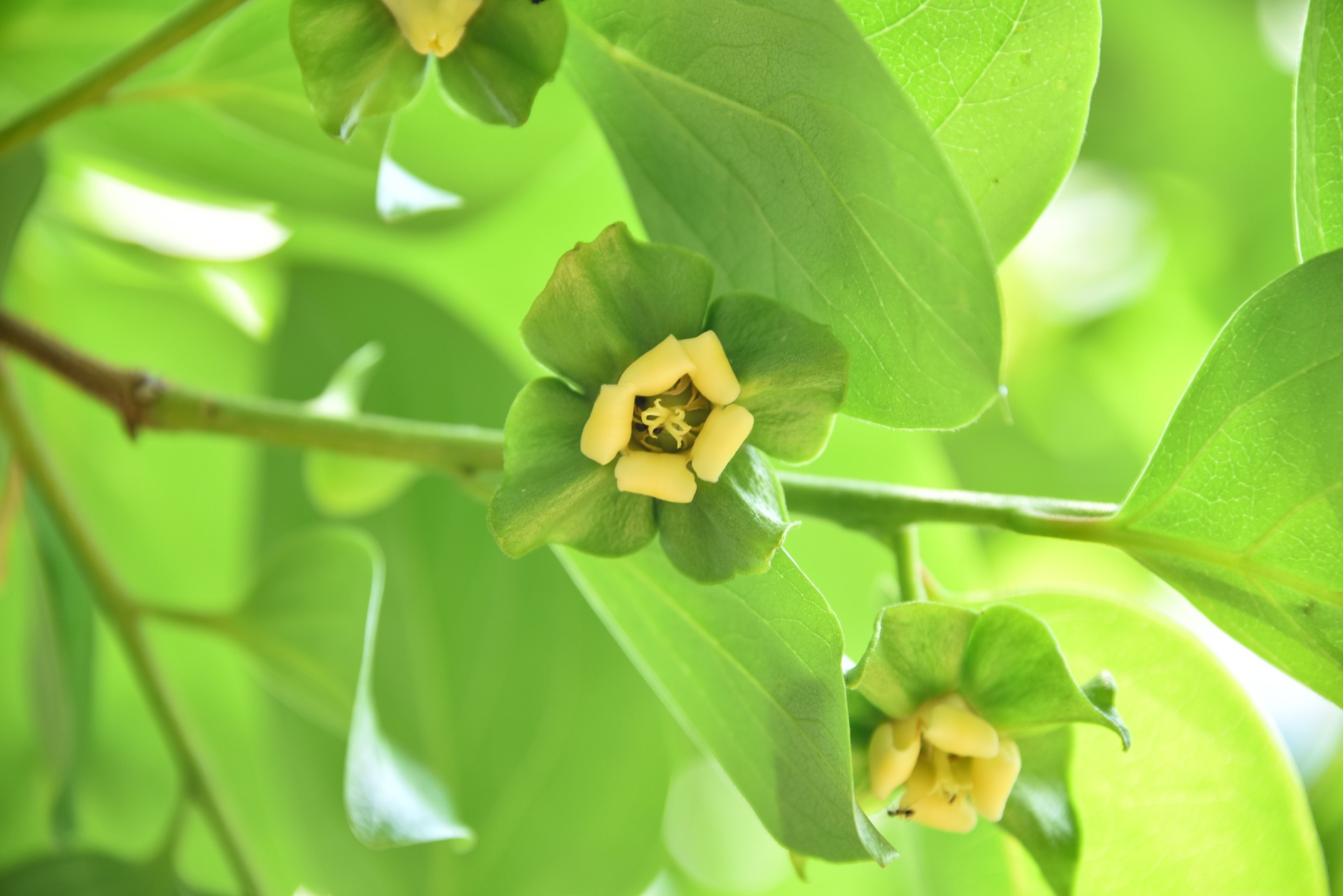
Persimmons
The persimmon tree can be found all over the gulf coast and is actually North America’s largest native berry. The leaves are large oval-shaped and waxy but the most characteristic part of persimmon is the bark. It is often described as “reptile-like” because of the deep grooves along the trunks looking eerily like that of an alligator.

In spring long before the fruit come into season the leaves can be harvested and made into a healthy Vitamin C rich tea. Simply pick the young leaves and allow to air-dry crushing them once dried. You could also see some of the wild edibles such as Cocoplums and cabbage palms.
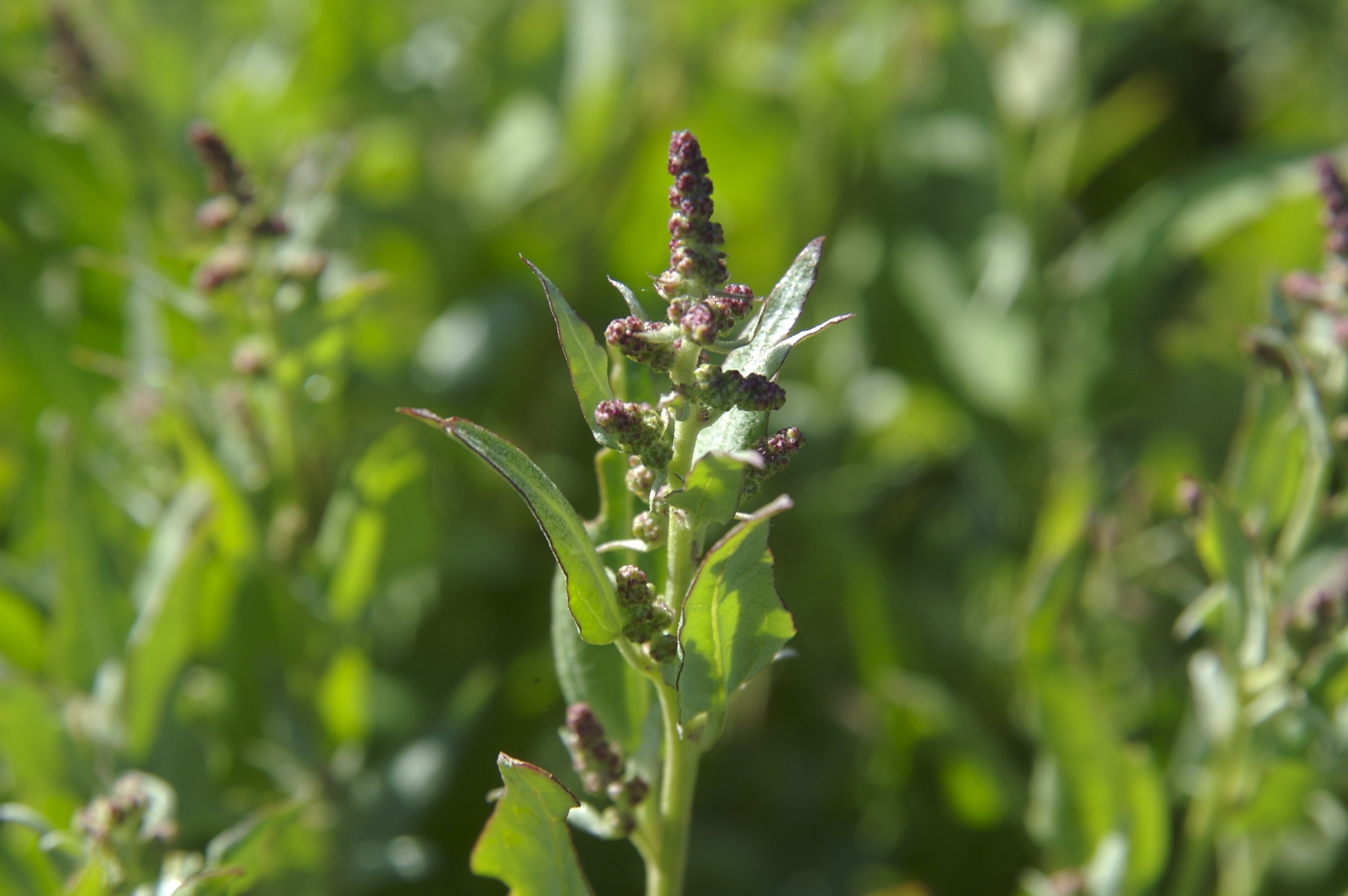
Orach
Orach or “saltbush” is found growing in salty soil along the coastlines of much of the world. It is a tall plant growing around three or four feet tall at the height of summer. The young tender leaves are best harvested in late spring. Because it grows in salty locales it is described as having a salty chard-like flavour. Use orach as a substitute in any recipes that call for greens such as spinach but keep in mind the added salt taste.
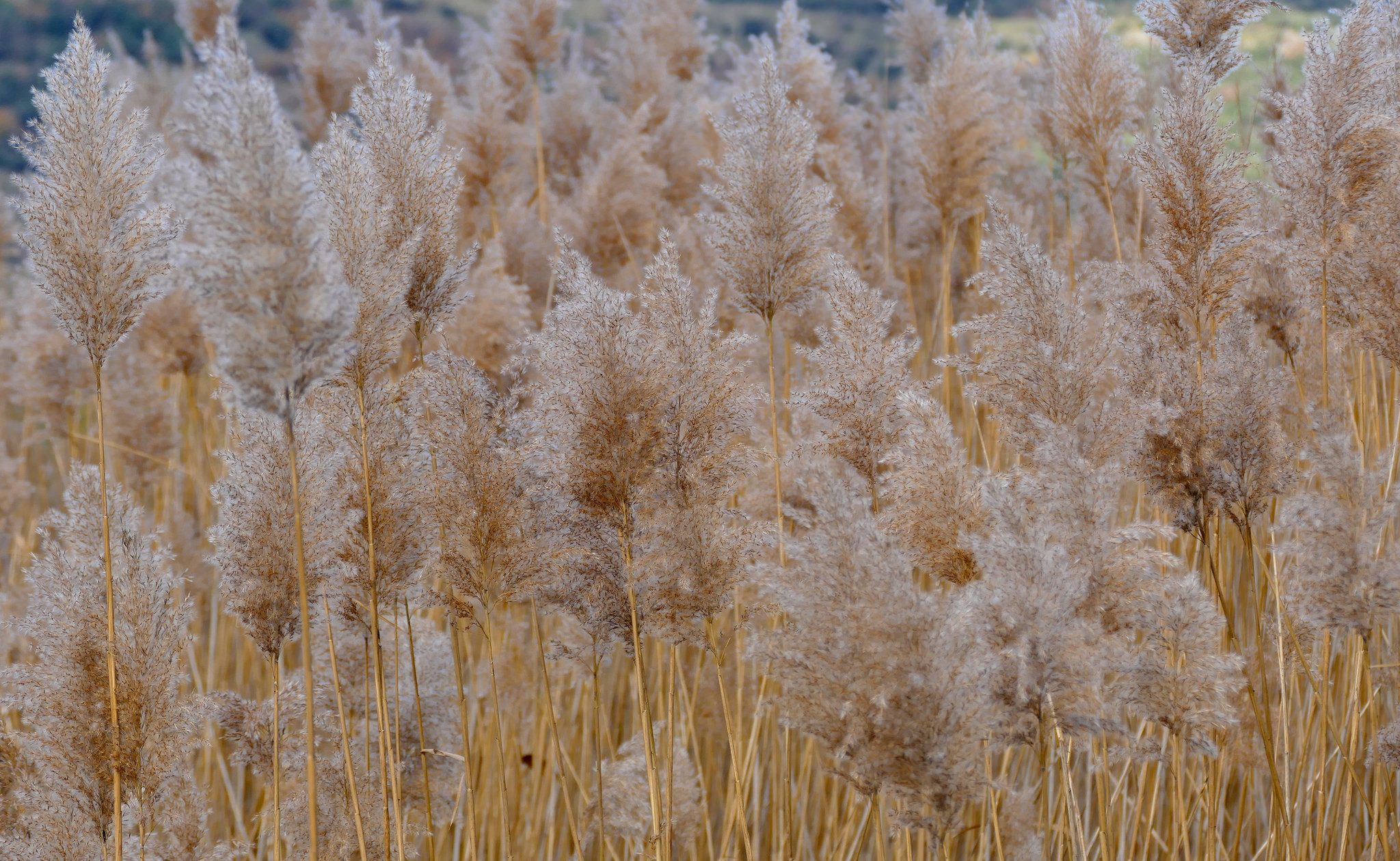
Common reed
This common plant of the marshes and freshwater regions of the gulf coast is a tall, fast-growing plant forming large dense patches that have huge impacts on waterways. It can grow as tall as 13 feet after it has been established for a few years and has many edible uses. 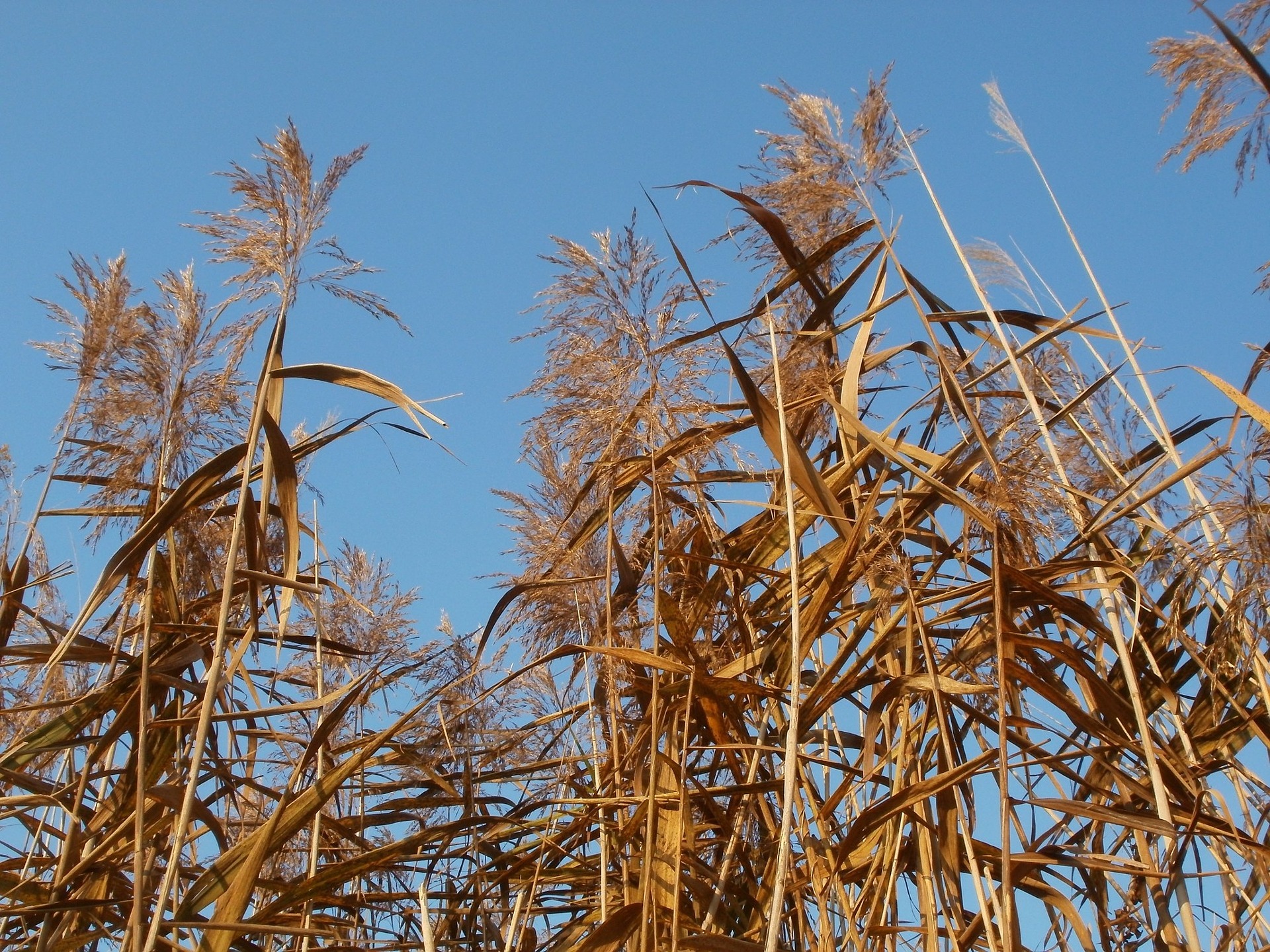
The new shoots are an edible vegetable and have a similar character to leeks. Harvest them from areas where you can be sure there is no pollution because common reed is well known for its absorbent nature. It will absorb any chemicals in the water, good or bad. So if you can’t be certain the site is clean find somewhere else to try this delicious wild edible.
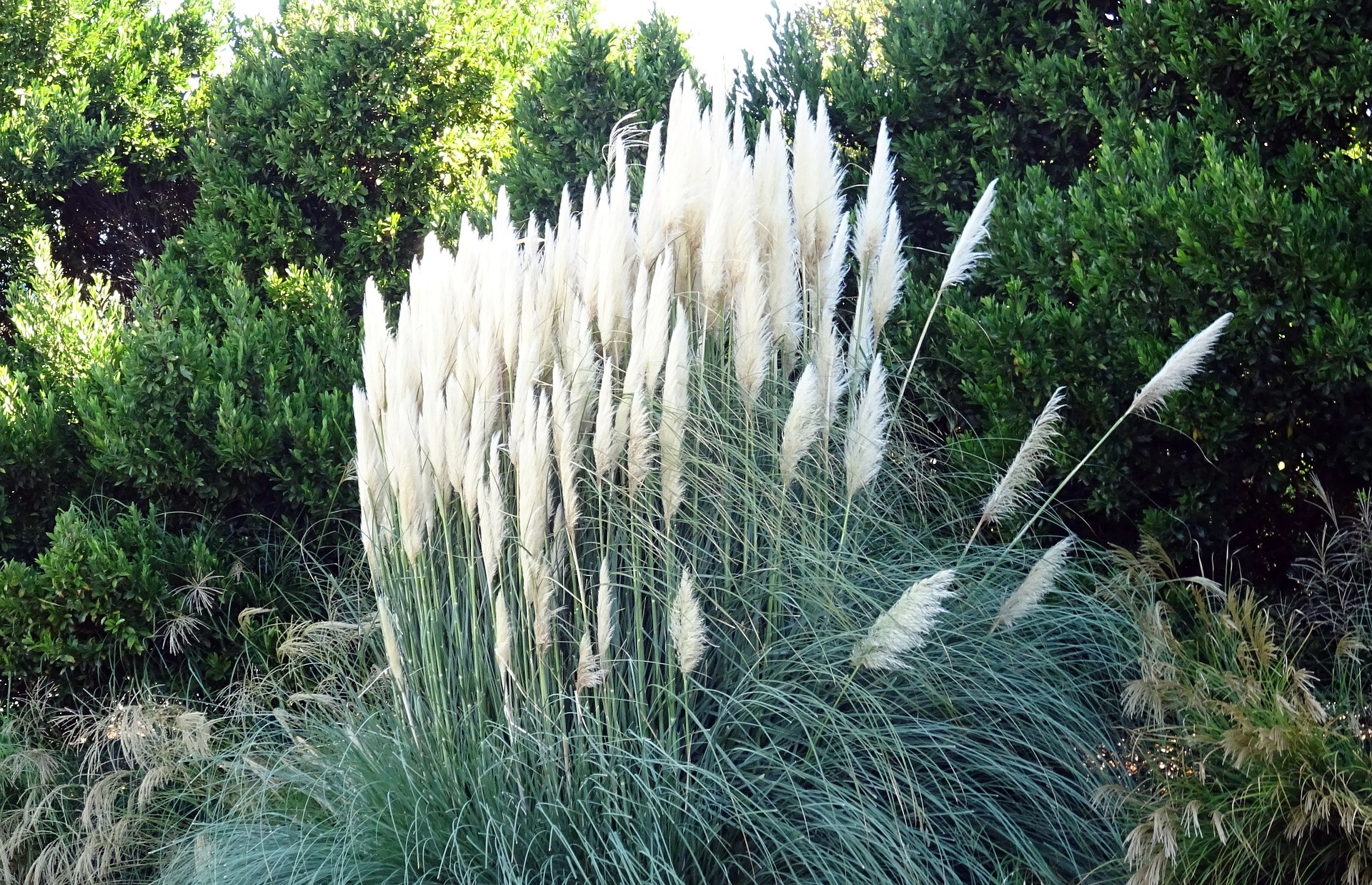
Wild sugarcane
Wild sugarcane isn’t native to the gulf coast but it does have a long history that is woven into the very fabric of the United States. The cultivated sugarcane escaped and has naturalized to the region. This subtropical plant is a huge grass growing up to 13 feet.
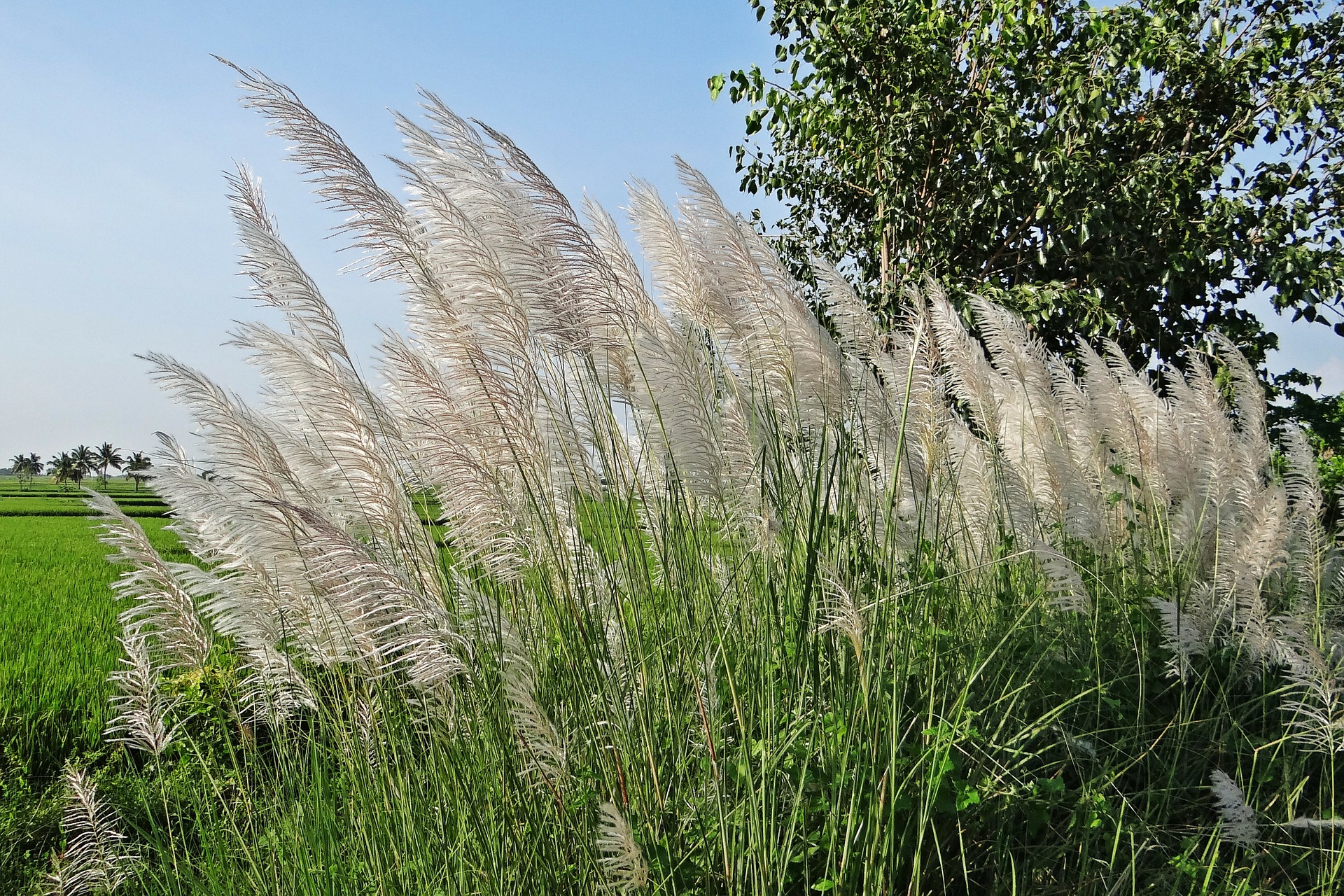
It is the thick stalk that is the prized harvest for those looking for it. Sugarcane, when crushed, releases a sugar-rich juice that is the basis for much of the sugar we all take for granted every day. Harvest it in late spring and use the juice to flavor baked goods or for those with a sweet tooth add it to your morning smoothie.
Disclaimer
This post is strictly intended for informational purposes. Please research further if you have allergies, or think you may have a reaction to certain vegetables, flowers, roots, and other wild plants which may be suitable for consumption before eating them. It is important to identify plants properly before eating.
*** GearWeAre is not responsible for any allergic reactions or mistaken identification of wildly grown edibles. ***











